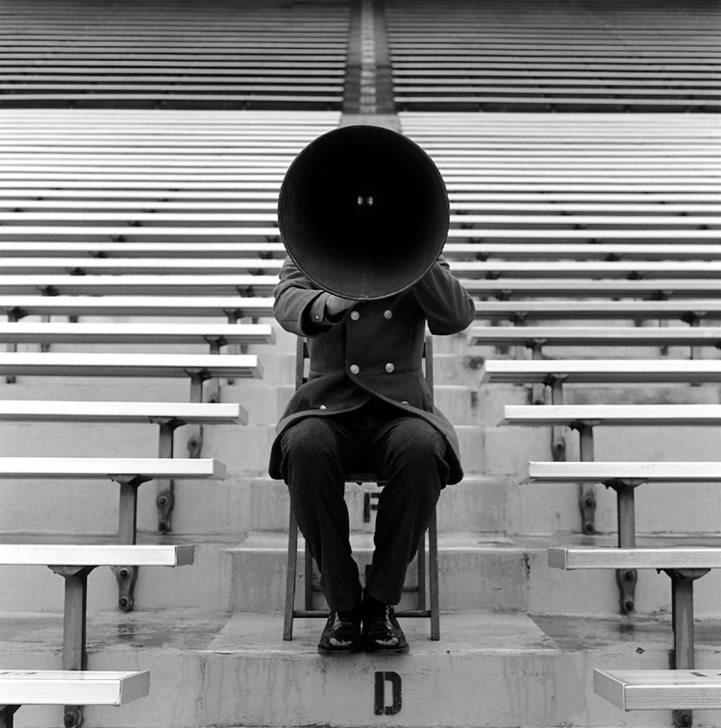Ascending Airlift Pushing Krabi Onto Broader Asian Tourism Stage
Once upon a time the Southern Thai resort area of Krabi flip-flopped between a regimented high-season catering to winter snowbird visitors from Scandinavia and Europe to a low-season where many hotels even scrapped breakfast buffets.
Now, according to a newly released report by C9 Hotelworks titled Krabi Hotel Market Update 2016 skyrocketing airlift is edging the market towards a year-round destination. Between 2014 and 2015, arriving passengers grew by a whopping 45%. At the mid-year point in 2016 year-on-year arrivals were 13% but are expected to grow with the upcoming bumper season just around the corner.
As for how are hotels capturing the uplift in travelers, fresh data from global hospitality giant STR has connected the dots with data showing the jump in airlift and hotel occupancy of international standard properties is now breaching the 70% occupancy level.
Speaking about how airlift is shifting geographic source markets C9 Hotelworks Managing Director Bill Barnett said “the emergence of an upgraded Krabi International Airport and how it captured regional regularly scheduled and charter flights from Mainland China and within Southeast Asia is the key takeaway, and has to a certain lesser degree tracked the same phenomenon as nearby Phuket.
That said, Krabi has been able to take advantage of the expansion of the Phuket International Airport by offering attractive landing options and strong resort infrastructure. Call it Plan B. Its location has effectively offered a ‘yin’ to Phuket’a ‘yang’. “
Viewing C9’s research, two remarkable trends are becoming apparent. First, is the impact of growing airlift from Greater China with Krabi International Airport receiving 3,15 flights from the Mainland in 2015. Secondly, is the point that international passenger arrivals from China in terms of market share rose from 38% in 2014, to 61% last year.
While Krabi is in the process of driving upwards in its tourism cycle Bill Barnett concludes that “growing pains are expected when you understand that registered hotel rooms in the market are close to hitting 20,000 but when take a look at the incoming supply line that 70% of these new hotels are midscale and betting on a mass tourism future. As nearby Phuket is learning, bigger is not necessarily better in the long run.”
To download the C9 Krabi Hotel Market Update 2016 CLICK


